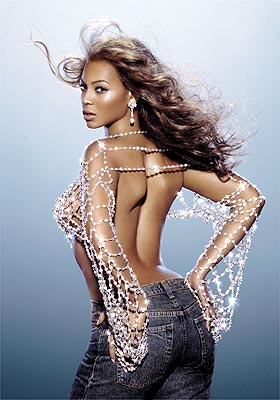
What do Jennifer Lopez, Beyoncé Knowles, Marilyn Monroe, Naomi Campbell, Queen Latifah, Jada Pinkett-Smith, Carmen Electra, Halle Berry, Catherine Zeta-Jones, Alek Wek, Sandra Oh and Nicole Kidman have in common? Well, it's not just the fact that they are celebrities. They are also all known internationally as beauties. Yet when we take a look at each woman, from J-Lo and Beyoncé’s bodacious, bootilicious, curvaceous mermaid outlines, to Queen Latifah’s beautiful, regal, big girl body, to Halle Berry’s Tinseltown-toned, bust-blessed body to Nicole Kidman’s gazelle-tall, pencil-thin body, we can see that they bear very little similarities physically.
They are collectively an amalgamation of platinum blondes, brunettes, red-haired, raven-haired beauties, shaved-headed, shortly-cropped haired, straight-haired, curly-haired, weave-headed, L’Oreal, Garnier, Aveda, Chanel and Cover Girl looks, cinnamon shades, cognac shades, ebony shades, tanned mulberry shades and lily-white shades. They are a collective of petite elfin women, tall, long-legged women, skinny women, big-boned women, big-busted women, big and small derriere-blessed women, blue-eyed, brown-eyed, thin-lipped, thick-lipped, long-nosed and wide-nosed women.
They come from a variety of backgrounds, from the Cushitic Sudanese background - one of the oldest world dynasties - to the Welsh, West African, Puerto Rican, Korean, British, Canadian, Australian and Jamaican backgrounds.
The point is?
These women, all celebrated as beautiful women, are different. They do not, in any way, shape, form or size, look the same. Most importantly, let me emphasize that they are not all the same size. So why is there pressure for women to all look the same? Why is there a very inflexible stereotypical criterion of beauty which seems to negate most women’s beauty? Why do magazines insist on only showing airbrushed images? Why are there so many failing dieting programmes which are mostly aimed at women? Who is designing these clothes which no longer seem to fit? Why is plastic surgery more popular now than it was several decades ago? Granted, there is a growing obesity problem which cannot be ignored or minimized, but why is it that normal-sized women are made to feel fat? Why are there more articles about young girls who have low self-esteem because they cannot measure up to the beauty standards which are being promoted?
Women are not clones and cannot all be shaped like Barbie or any other man-made contraption. They cannot all be size 0’s, 2’s or basically anything under size 8. That is as unrealistic as expecting all men to look like The Rock, LL Cool J, or Arnold Schwarzenegger. It would be interesting to change the dynamics and see how men would react if that were the standard for them. How can women feel good about their bodies when everywhere they go, they are subtly and even sometimes boldly told to nick and tuck here, eat this or that food, use this and that product to look better? Doesn’t it sound robotic? Basically, the message women are hearing loud and clear is that they are not beautiful enough the way they were created. They are being told that they need subtractions, additions and all kinds of other enhancements to fit into that narrow unrealistic label defined as beauty.
The beauty industry is so fickle to the point where Marilyn Monroe, who was a size 14 – and one of the most beautiful women of her time (just ask JFK) would be considered a plus size today. According to the followers of one of her contemporaries, the British model Twiggy’s standards, she would be considered overweight today. The expression plus size has only lately been getting a degree of respect, with more plus-sized models being featured in mainstream magazines.
In the past, plus-size clothing was advertised and marketed in a way that sounded more like anything above size 12 really meant hippo, extra hippo, and vertically challenged hippo. It was not a flattering expression at all. Why there should even be a differentiation and singularization of plus-size stores beats me.
Until recently, when stores like Pennington’s, Lane Bryant and Cotton Ginny Plus decided to cater to them, the fashion industry behaved as if women above size 12 (who happen to be a significant number of many world populations, especially the wealthy nations who can afford most Western label clothes) did not exist. To make matters worse, for those who were under size 12, the sizes seemed to fluctuate regularly to the point where one is no longer sure if they are a size 8, 10 or 12. There must be a conspiracy in the fashion industry to have women confused about their sizes because it seems like, of late, the sizes are getting smaller. A size 10 now feels like a size 8 is a complaint I am hearing from many sisters, many of whom are not necessarily gaining any significant weight. Does the fashion industry have a love/hate relationship with women’s bodies?
Because women are the world’s biggest consumers and the backbone of many industries, especially the fashion industry, in terms of dollars and cents, we must start exposing the growing hypocrisy of women's clothing. Most of the designers are men, and we must challenge them and ask to have all spectres of the human female species represented. The topic of women’s beauty will never cease to be ‘tired’ until the world takes a leaf from the Dove Campaign for Real Beauty page and learns to embrace all the different body types that women come in.

